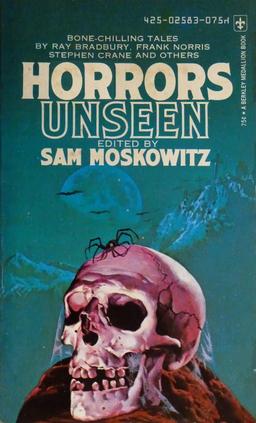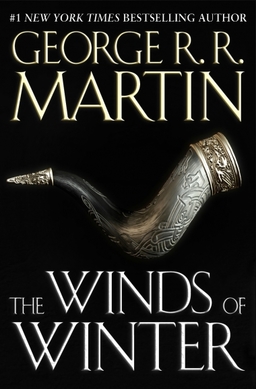Historical Cthulhu: That Is Not Dead, edited by Darrell Schweitzer
 According to H.P. Lovecraft’s legendary canon of cosmic horror tales, the Great Old Ones such as Cthulhu, Nyarlathotep, Yog Sothoth, and all-mighty Azathoth have lurked in the dim places of the cosmos since the beginning of time.
According to H.P. Lovecraft’s legendary canon of cosmic horror tales, the Great Old Ones such as Cthulhu, Nyarlathotep, Yog Sothoth, and all-mighty Azathoth have lurked in the dim places of the cosmos since the beginning of time.
“That is not dead,” wrote the mad poet Abdul Alhazred, “which can eternal lie, and with strange aeons even death may die.” One of Lovecraft’s most famous lines is the inspiration for a new hardcover volume of historical Cthulhu Mythos fiction from PS Publishing.
That is Not Dead features all-new tales of cosmic horror set in various periods of history. Here’s what editor/contributor Darrell Schweitzer had to say about the book:
That is Not Dead is a collection of Mythos stories, based on the premise that if the Old Ones have been around since elder aeons, someone should have noticed before Lovecraft’s characters did about 1900. The theme then is lurking presences. Inasmuch as the stories deal with history, it is secret history, i.e. “what really happened…”
Here’s the complete Table of Contents (by historical era).
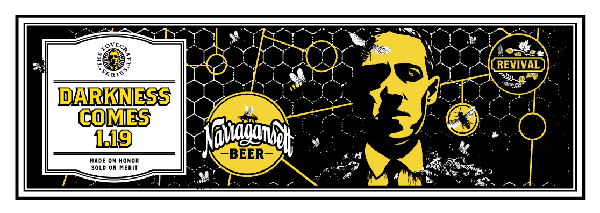

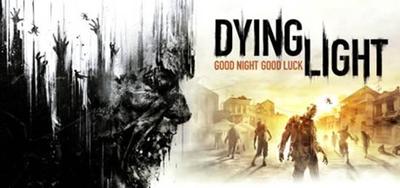

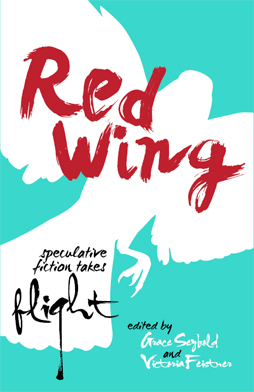 There’s a new anthology out that I want to talk about, partly because of what it is and mostly because I think it’s quite good. But you shouldn’t trust me on this. I’m going to be honest, in that I’m going to write what I think about the book, but what I think may be shaped by my connection to it: my girlfriend, Grace Seybold, is the editor. So.
There’s a new anthology out that I want to talk about, partly because of what it is and mostly because I think it’s quite good. But you shouldn’t trust me on this. I’m going to be honest, in that I’m going to write what I think about the book, but what I think may be shaped by my connection to it: my girlfriend, Grace Seybold, is the editor. So.